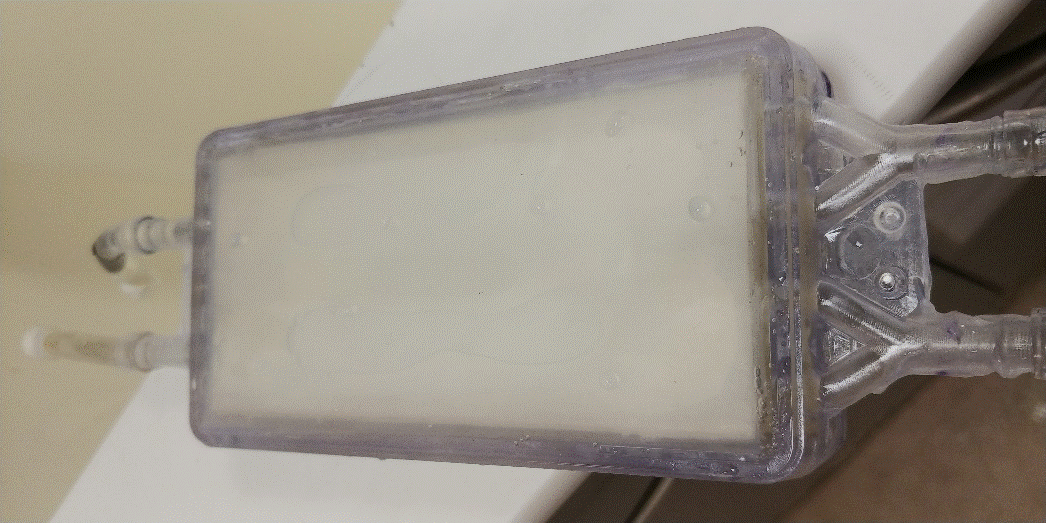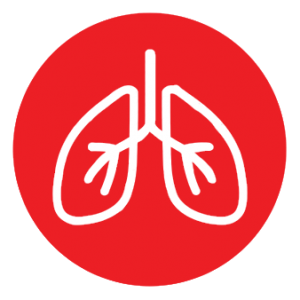Treatment of comorbidities of ARDS and AKI
A device for treating comorbidities associated with high mortality rates
During the Covid-19 pandemic, Acute Respiratory Distress Syndrome (ARDS) has come to prominence as a major cause of illness and death. However, even before the pandemic, the condition was a significant cause of mortality resulting in around 5 deaths per 100,000 population. Amongst those dying from ARDS, a large proportion (around 70%) also suffered Acute Kidney Infection (AKI). For those suffering the comorbidities of ARDS and AKI, the mortality rates, at up to 80%, are particularly high. There is a need for treating these comorbidities effectively. The most effective treatment for ARDS is Extracorporeal Life Support (ECLS) in which the patient remains conscious throughout. Conventionally, in order to treat the comorbidities of ARDS and AKI, two devices are separately connected to the patient, both taking and returning blood from the body.
The patented Haemair device is an enhancement of ECLS; it passes a two-phase gas/liquid mixture one side of a membrane and blood on the other.
The figure illustrates the principle of 2-phase mass transfer that lies at the heart of the device being developed. Note that for flow through the very small channels employed in blood oxygenation, the plug flow illustrated is the natural flow regime. No special provisions are needed to create the observed flow pattern.

Illustration of 2-phase mass transfer
Key:
Blood flow is shown as dark red and may flow L to R or R to L.
Liquid flow is shown from L to R. It flows as a series of “plugs” shown in blue.
The liquid plugs are separated by plugs of oxygen-rich gas (shown entering as a red arrow).
Oxygen diffusion from gas to blood is shown as red arrows from each gas plug to the blood.
Carbon dioxide diffusion from blood to the 2-phase flow is shown as mauve arrows.
Urea and Creatinine diffusion are shown as black arrows from blood to liquid phase plugs.
Oxygen passes from the two-phase mixture into the blood and carbon dioxide from the blood to the two-phase mixture. In addition, urea, and creatinine pass from the blood into the liquid phase of the two-phase mixture. In this way, the device acts both as an auxiliary lung and an auxiliary kidney.
The membranes can be hollow fibre or flat sheet membranes with guide channels. The Haemair 2-phase oxygenators are designed so that the membranes can be assembled in layers whether flat-sheet or hollow fibre. In this way, the necessity for use of centrifugal potting, as used in other oxygenators, is avoided.
Prototype devices have been built and tested in a project partially supported by Innovate UK. The photograph shows one of the prototype devices tested.
Small prototype test device
We now have the capability to build devices suitable for treating the comorbidity.




